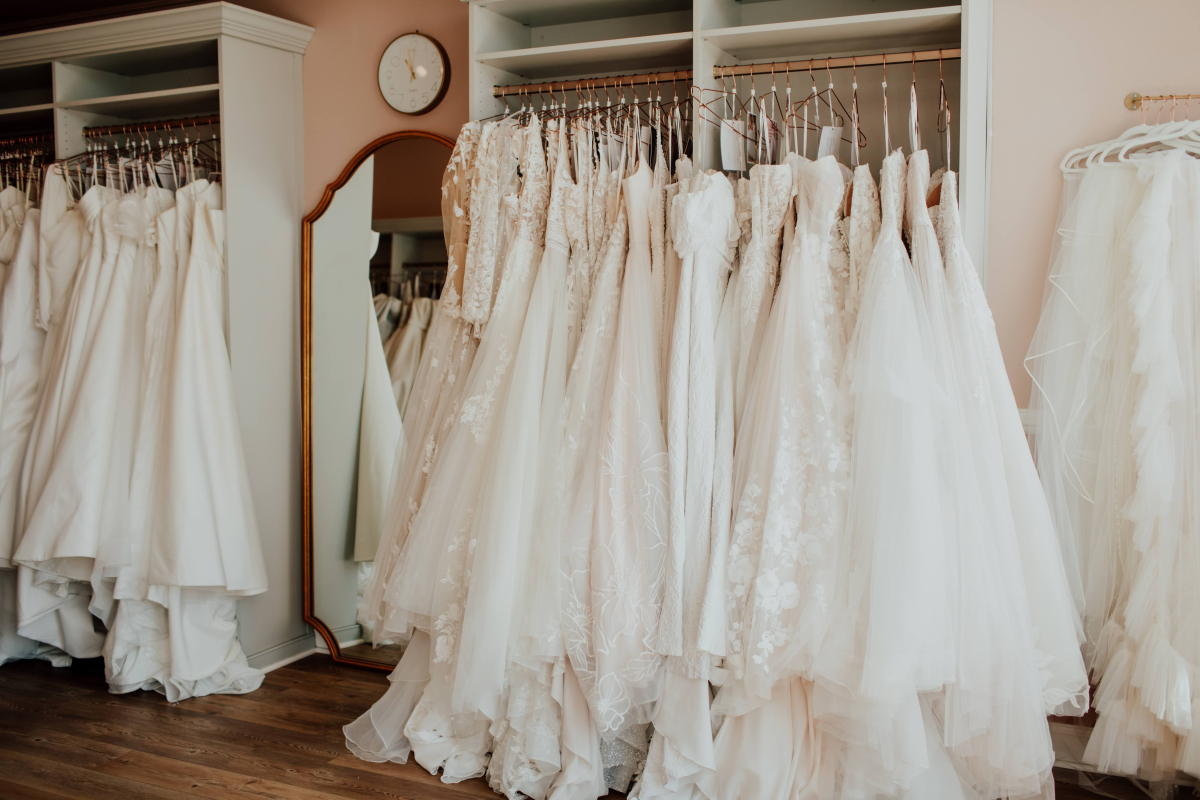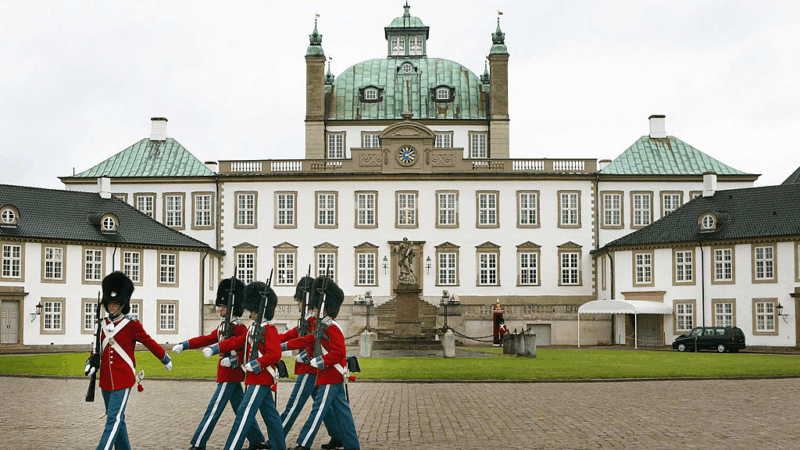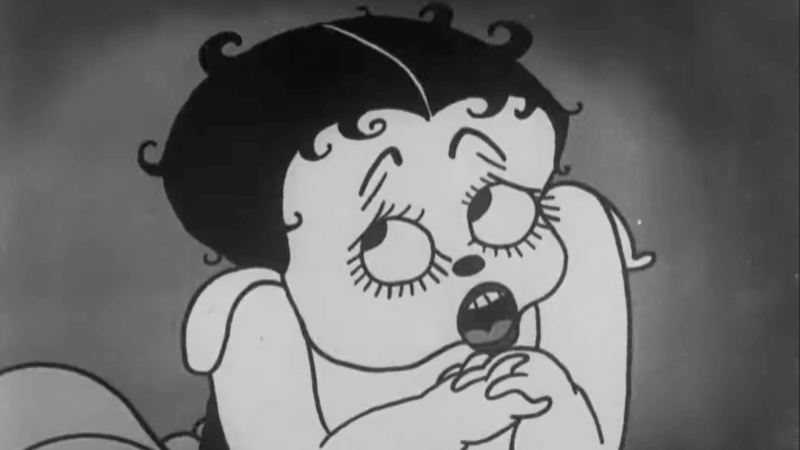Say ‘maybe’ to the dress? Tariffs are crashing the wedding planning party
Helping a bride select her dream wedding dress can be an intimate process, says Christine Greenberg. You’re physically in someone’s space, helping them in and out of a dress, talking about childhood dreams and big-day emotions.
“Talking about money, talking about body image issues,” says Greenberg, who’s done this for 11 years as a co-owner of Urban Set Bride, a boutique in Richmond, Va.
“So the last thing that I want to do — as someone has fallen in love with themselves in a gown, and everyone is crying and we’re having this moment — is to start talking about politics and global trade policy.”
But tariffs have now entered the bridal fitting room.
Couples are discovering that almost all U.S. wedding dresses are made abroad — even if they’re designed in the States. And China is where most are stitched and embellished. According to the National Bridal Retailers Association, China accounts for a whopping 90% of the bridal gown market.
For a while, those Chinese-made wedding dresses faced a new tariff of 145% set by President Trump, which is now temporarily cut to 30% until July 9. The two countries are still negotiating, and brides are starting to pay up.
Jessica Kaplan from Boston arrived at her bridal appointment to a warning from store staff: all gowns now carry a tariff surcharge of 10% to 15% depending on the designer and their supply chain. Kaplan’s A-line dress with a sweetheart neckline and a long tail ended up on the lower end, but still cost an extra $150.
“It wasn’t detrimental,” she says, “but it was definitely a bummer on the day.”

Store owners struggle to budget
Unlike clothes bought off the rack, wedding gowns are usually special order. When someone buys a dress from Claire Landgraf’s Finery Bridal Chic in Rochester, Minn., the order may take six or eight months.
“So what’s the landscape of tariff charging going to look like in six to eight months? We don’t know,” she says.
Landgraf has already spent hundreds of dollars on tariffs for dresses that brides had ordered before Trump took office. What if the opposite happens now, and she charges brides a fee for a future tariff of an unclear amount?
“I don’t feel good as a business owner about saying, ‘Hey, Miss Bride who bought a gown at the top of her budget at $2,000 that included that tariff fee, months from now your gown came in and all of a sudden the tariff charge is another $300,'” Landgraf says. “I can’t do that to brides. So it’s just really, really uncertain.”
It’s not just gowns arriving from China, but also trims and crystals, veils and hair pieces, hangers and garment bags. Most designers, including the popular Grace Loves Lace and Revelry, have decided to simply raise prices across the board to cover new tariff costs. Some by as much as 30%. Many store owners have followed suit.
Landgraf, for now, is adding a surcharge that she can remove later if tariffs disappear — and budgeting for refunds.

Double the cost for Made in the USA
U.S. brides — outside of big cities — on average spend less than $2,000 on a wedding dress, Landgraf and Greenberg estimate. American-made dresses tend to start around twice that price.
And not only are there few people buying them, but there are very few people making them.
“Unlike other industries, these dresses cannot be made in the United States,” the National Bridal Retailers Association wrote earlier this year in a lobbying letter to U.S. lawmakers, “as there is zero labor pool of skilled craftsmen that can hand-bead gowns with as many as 200,000 sequins, beads, and crystals.”
One of Trump’s arguments for tariffs is to jump-start more American manufacturing. But U.S. textile and garment-making prowess faded decades ago. It would take many years to train enough technicians in lace work or embroidery to dress legions of American brides.
“My dad was in the Army for 24 years — I would love to purchase American-made wedding gowns,” says Greenberg, the Virginia shopkeeper. “But they don’t really exist, certainly not at the price point that the average American consumer could purchase a wedding gown.”
And so, some of the most popular U.S. gown makers, including Utah-based Maggie Sottero and Tennessee-based Allure, have urged the federal government to exempt formalwear from tariffs, saying instead of bringing back jobs, tariffs would shutter businesses.

Saying maybe to the dress
The price uncertainty has more brides hesitating to say yes to the dress.
Shoppers used to visit once or twice before buying their gowns, Landgraf says. Now she’s seeing more “multiple-visit brides,” as people shop around longer.
“This has been one of the slowest seasons that I have had from a buying standpoint since COVID,” she says.
Brides are commiserating on social media, reassessing their wedding finances and trying to think outside the box.
“I’m kind of curious about — what if I get, like, a dressmaker?” says Chelsea Ritchie, another tariff-season bride, in Los Angeles. “You know, buy the materials, buy the fabric and see if somebody can make me a dress within the same price.”
Her dream dress is dazzling white with a mermaid silhouette, flaring dramatically at the bottom. It’s likely her fabric and materials would still have to be imported.
Boutiques are warning her that dress orders might take longer than nine months to arrive, as some designers are making the gambit to hold their shipments from China, banking on tariffs to fade out. One shop told Ritchie to expect a surcharge. Another said prices might rise later this summer.
“It does give me a little anxiety,” Ritchie says. “I try not to overly think too much about it, but it’s already been such a year for people, I mean, we can barely afford eggs, let’s be honest. And now it means that I need to budget more just in case.”
She says she feels like the people who rushed to buy cars ahead of tariffs on automakers — except it’s a showstopper gown and one more thing to stress about during the joys of wedding planning.
Transcript:
AILSA CHANG, HOST:
How much extra would you pay to see your dream become reality? It’s always a big question for couples planning their weddings, and these days, it has a new twist, courtesy of tariffs. NPR’s Alina Selyukh reports.
ALINA SELYUKH, BYLINE: Helping a bride pick her wedding dress can be a pretty intimate process for the seller.
CHRISTINE GREENBERG: Helping them get in and out of gowns, talking about money, talking about emotions, talking about body image issues.
SELYUKH: Christine Greenberg has been doing this for 11 years as a co-owner of Urban Set Bride, a boutique in Richmond, Virginia.
GREENBERG: So the last thing that I want to do as someone has fallen in love with themselves in a gown and everyone is crying and we’re having this moment is to start talking about politics and global trade policy.
SELYUKH: But lately, tariffs have entered even the bridal fitting room as couples are discovering that almost all the dresses are made abroad. Many are designed in the U.S. and made in China. The National Bridal Retailers Association says China accounts for a whopping 90% of the bridal gown market. One of those gowns, with a sweetheart neckline and a long tail, now belongs to a Boston bride, Jessica Kaplan.
JESSICA KAPLAN: When I showed up they were like, we just want to let you know that due to the tariffs that are occurring, there is a surcharge on most wedding dresses that are coming in, anywhere between 10- to 15%, and so we did have to pay a $150 surcharge on it. It wasn’t detrimental, but it was definitely a bummer on the day of it.
SELYUKH: For a while, the Trump administration added a new tariff of 145% on Chinese imports. Now it’s temporarily reduced to 30% until July 9. The two countries are negotiating, and American store owners have no idea how to budget this year.
CLAIRE LANDGRAF: By and large, wedding gowns are special order.
SELYUKH: Claire Landgraf runs Finery Bridal Chic, a boutique in Rochester, Minnesota. She says when someone buys a dress from her store…
LANDGRAF: Their gown doesn’t come in for six to eight months. So what’s the landscape of tariff charging going to look like in six to eight months? We don’t know.
SELYUKH: Many designers and stores have simply raised prices across the board to cover new tariff expenses. It’s not just gowns coming from China, but also embellishments, trims, crystals, veils and hairpieces, hangers and garment bags. Landgraf, for now, is charging brides half her tariff costs per gown as a line item that she can remove if tariffs are gone when it arrives. All this has more brides hesitating to say yes to the dress.
LANDGRAF: This has been one of the slowest seasons.
SELYUKH: In terms of people buying the gowns, she says, since COVID when parties were risky – brides are coming in, but they used to visit once or twice before buying. And now…
LANDGRAF: I’m seeing a lot more multiple-visit brides.
SELYUKH: Some of the most popular U.S. gown-makers – Maggie Sottero, based in Utah; Allure, based in Tennessee – have urged the federal government to exempt formal wear from tariffs because American textile manufacturing faded out decades ago.
GREENBERG: My dad was in the Army for 24 years. I would love to purchase American-made wedding gowns…
SELYUKH: That’s Virginia store owner Christine Greenberg again.
GREENBERG: …But they don’t really exist. They certainly don’t exist at the price point that the average American consumer could purchase a wedding gown.
SELYUKH: An average bride, not in a big city, spends under $2,000 on a wedding gown. American-made dresses tend to start around twice that price. And not only are there few people buying them, there are very few people making them – skilled technicians of lacework, embroidery, beading by hand. Growing this on a mass scale would take many years.
CHELSEA RITCHIE: You know, I’m kind of curious about, what if I get, like, a dressmaker?
SELYUKH: Chelsea Ritchie is another tariff season bride in Los Angeles who’s trying to face the new reality by thinking outside the box.
RITCHIE: You know, buy the materials and then buy the fabric and see if somebody can make me a dress within the same price versus me ordering it and then altering it.
SELYUKH: Her dream dress is dazzling white with a mermaid silhouette. It’s likely her fabric and materials would still be imported. Another decision to make, another thing to stress about during the joys of wedding planning. Alina Selyukh, NPR News.
(SOUNDBITE OF CELTIC HARP MUSIC’S PERFORMANCE OF WAGNER’S “HERE COMES THE BRIDE”)
Top Instagram reels from Goats and Soda in 2025: Plumpy’Nut, aid cuts, soccer grannies
Our most-viewed Instagram videos include reports from a Rhode Island factory that makes special food for malnourished children and from a tournament for soccer-playing "grannies."
‘The Rest of Our Lives’ takes readers on a midlife crisis road trip
America's literary highways may be plenty crowded with middle-aged runaways fleeing lives that increasingly feel like a bad fit. But Ben Markovits adds a moving tale to the collection.
Hunker down with these 13 mysteries and thrillers from 2025
Mysteries and thrillers are enjoyable no matter the season, but there's something extra satisfying about curling up in the winter with a warm drink and an all-engrossing read. Here's what we suggest.
Should the U.S. model its vaccine policy on Denmark’s? Experts say we’re nothing alike
The Trump administration wants to revamp U.S. childhood vaccination recommendations to align with some other peer nations, including one tiny country in northern Europe.
Marijuana rescheduling would bring some immediate changes, but others will take time
President Trump set the process in motion to ease federal restrictions on marijuana. But his order doesn't automatically revoke laws targeting marijuana, which remains illegal to transport over state lines.
The cultural works becoming public domain in 2026, from Betty Boop to Nancy Drew
The original Betty Boop, the first four Nancy Drew books and Greta Garbo's first talkie are among the many works from 1930 that will be free to use, share and remake starting on Jan. 1.








